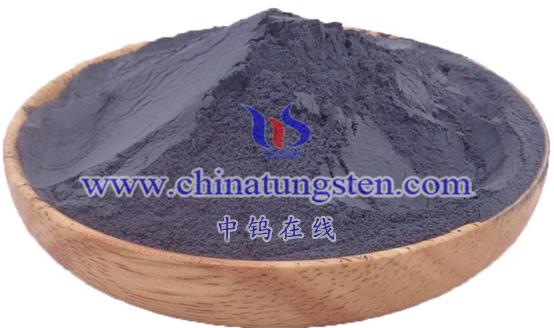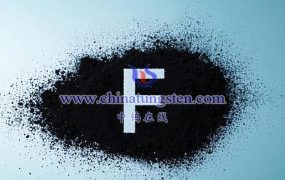
Nano-tungsten oxide electrode materials can be prepared using a variety of methods, each with its specific advantages and suitability for different applications. Below are the primary preparation techniques:
- Chemical Synthesis
Chemical synthesis is one of the most commonly used methods, with precipitation and hydrothermal techniques being the most prevalent.
- Precipitation Method:
- Dissolve ammonium tungstate in distilled water to prepare an aqueous solution.
- Add an appropriate amount of ammonium hydroxide and stir to dissolve completely, introducing oxygen into the system.
- Stir and heat the solution, maintaining a temperature of around 70°C.
- Collect and wash the tungsten oxide precipitate to obtain nano-tungsten oxide.
- Hydrothermal Method:
- Dissolve ammonium tungstate in distilled water and add ammonium carbonate with stirring.
- Transfer the solution into a high-pressure reactor (autoclave) and seal it.
- Process the mixture at high temperature and pressure (e.g., 180°C and 1.2 MPa).
- Cool the reactor to room temperature, centrifuge, wash, and dry the product to obtain nano-tungsten oxide.
- Advantages:
-
- Precipitation: Simple, easy to control, and scalable.
- Hydrothermal: Produces nanoparticles with small, narrowly distributed particle sizes, excellent sphericity, and dispersibility.
- High-Energy Ball Milling
This method uses a high-energy ball mill to grind particles into nanoscale sizes through strain and plastic deformation.
- Steps:
- Mix tungsten powder and ammonium carbonate and load into a ball mill.
- Grind the mixture under high-energy conditions.
- Separate the milled product using a sieve to obtain nano-tungsten oxide.
- Advantages:
-
- Produces small, uniformly distributed nanoparticles.
- Allows control over the desired shapes and properties by adjusting milling parameters.
- Other Methods
Various alternative techniques are also used to synthesize nano-tungsten oxide electrode materials:
- Template Method: Uses a template to control the morphology during synthesis.
- Calcination of Mesoporous Precursors: Calcines precursors to form mesoporous tungsten oxide.
- Organic Solution Method: Synthesizes nanoparticles in an organic solvent.
- High-Temperature Oxidation: Converts tungsten or its precursors to tungsten oxide under high temperatures.
- Infrared Heating Oxidation: Utilizes infrared heating for controlled oxidation.
These methods can yield high-quality materials but may have challenges like complexity or low production efficiency.
- Emerging Techniques
Recent advancements in nanotechnology have introduced novel methods:
- Metal-Organic Precursor Approach:
- Uses metal-organic compounds as precursors to produce hollow, porous, nitrogen-doped carbon materials.
- These are then combined with nano-tungsten oxide to form composite electrode materials.
- This method enhances the conductivity and catalytic performance of the electrodes.
- Key Considerations in Preparation
When preparing nano-tungsten oxide electrode materials, attention must be paid to the following:
- Control of Conditions: Precise control of temperature, pressure, reaction time, and other parameters is essential to achieve desired properties.
- Waste Management: Proper handling of by-products to minimize environmental impact.
- Material Characterization: Comprehensive characterization (e.g., XRD, SEM, TEM) and performance testing to ensure material quality and suitability for applications.
Conclusion
Nano-tungsten oxide electrode materials can be prepared through a variety of methods, including chemical synthesis, high-energy ball milling, and advanced emerging techniques. The choice of method depends on the specific application requirements and experimental conditions. With continued progress in nanotechnology, more efficient, environmentally friendly preparation techniques are expected to emerge.
More details of tungsten oxide product, please visit website: tungsten-oxide.com
Please contact CHINATUNGSTEN for inquiry and order of tungsten oxide:
Email: sales@chinatungsten.com
Tel.: 86 592 5129595






